robespierre wrote: that's a surprising amount of garbage on the console, I usually only see one or two chars of noise before it settles down on a sun 3/80 or 4/25. I never used the twin tower on serial though.
Solved it. My IRIS console cable has the hardware handshake lines wired, but PUTTY wasn't set to use flow control. I disassembled a good bit of the IP7 PROM many years ago, and I remember that the very first UART output used different routines than the rest. I've long retried the PC that ran the IDA software so I can't look at these listings right now, but I guess that's what bit me here.
The panel with the hex display and the mode switches is now connected, so DIAG is enabled. Now I get :
Code: Select all
Version 4D1-3.1 PROM IP4 OPT Thu Dec 8 16:12:10 PST 1988 SGI
Memory address pattern test from A0000000 to A02FFFFF
Initialize local hardware!
Sizing and Clearing Memory!
Parity mechanism PASSED.
Data and Instruction Caches PASSED.
CPU Address Translation (TLB) PASSED.
VME interface PASSED.
Non-Volatile memory PASSED.
Timer/Clock PASSED.
DUARTs 0, 1, and 2 PASSED.
Local I/O Interrupt PASSED.
Floating Point Unit PASSED.
SCSI controller PASSED.
Initialize local hardware!
Sizing and Clearing Memory!
System Maintenance Menu
1) Start System
2) Install System Software
3) Run Diagnostics
4) Recover System
5) Enter Command Monitor
Option?
That's more like it

PS: this thing is 25+ years old, and unlike an Indigo it doesn't hang on an empty battery. Who knows, maybe it still works


























To accentuate the special identity of the IRIS 4D/70, Silicon Graphics' designers selected a new color palette. The machine's coating blends dark grey, raspberry and beige colors into a pleasing harmony. ( IRIS 4D/70 Superworkstation Technical Report )


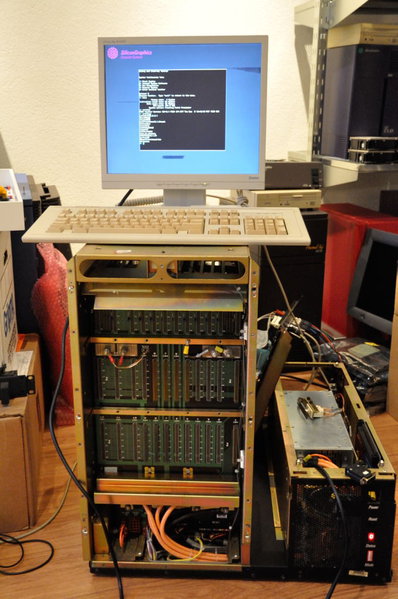
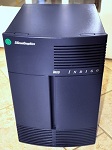

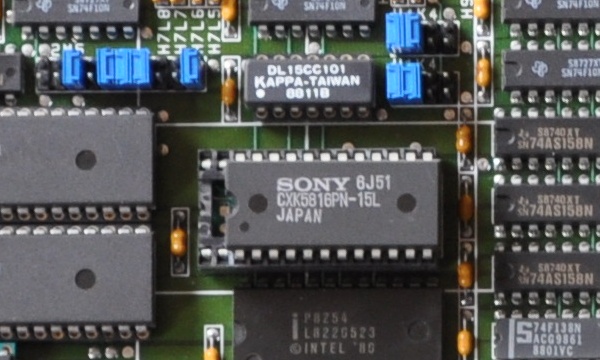
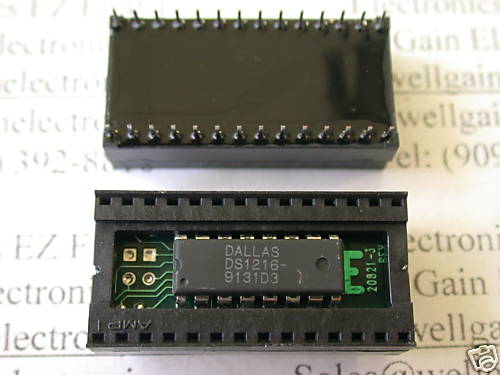
 Should I buy one for my 4D/70, 4D/440, 4D/380 and Crimson, and maybe a spare for good measure? Nah, didn't think so either. Time to bring in the Dremel
Should I buy one for my 4D/70, 4D/440, 4D/380 and Crimson, and maybe a spare for good measure? Nah, didn't think so either. Time to bring in the Dremel


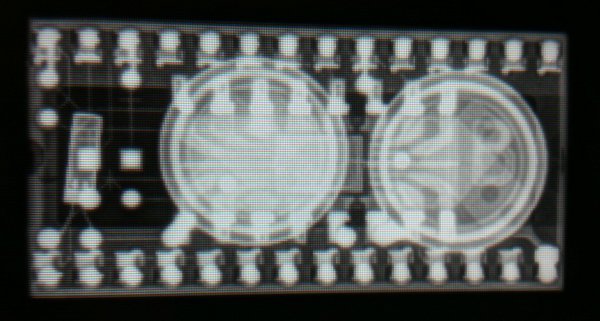












 <- MicroVAX 3500
<- MicroVAX 3500
 <- MicroVAX 3300
<- MicroVAX 3300